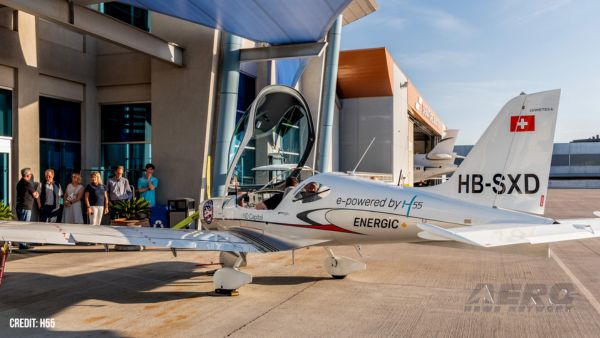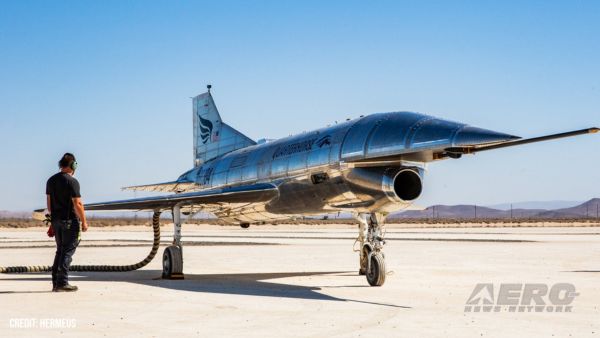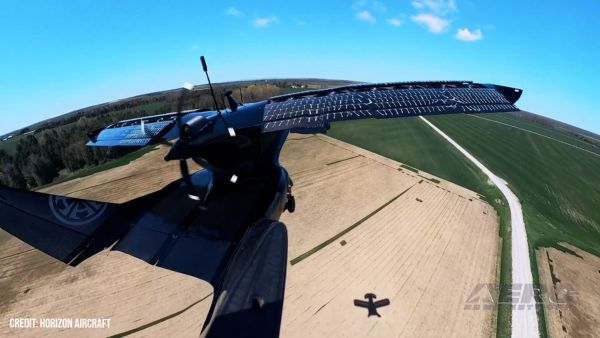NASA Gets An Extra $900 Million
NASA has offered up details of its $18.69 billion budget for
fiscal year 2010 to advance Earth science, complete the
International Space Station, explore the solar system and conduct
aeronautics research. The budget request represents an increase of
$903.6 million, or 5 percent, above funding provided in the fiscal
year 2009 Omnibus Appropriations Act. All totaled, an additional $2
billion has been added to NASA's 2009 and 2010 budgets under the
Obama administration.
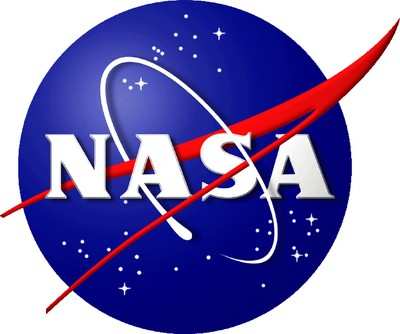
NASA's fiscal year 2010 request funds a robust program to
continue the agency's missions of exploration and research. It
supports the administration's commitment to deploy a global climate
change research and monitoring system. It funds a strong program of
space exploration involving humans and robots with the goal of
returning Americans to the moon and exploring other destinations.
And it supports the safe flight of the space shuttle to complete
assembly of the International Space Station by the shuttle's
planned retirement.
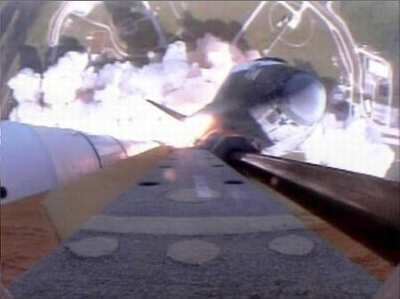
Funds freed by the shuttle's retirement will support development
of systems to deliver people and cargo to the station, the moon and
other destinations. As part of the effort, NASA will invest in
private-sector development and the demonstration of vehicles to
support the agency's human crew and cargo spaceflight requirements.
With the fiscal year 2010 budget request, NASA will advance global
climate change research. NASA's investment in Earth science
research satellites, airborne sensors, computer models and analysis
has revolutionized scientific knowledge and predictions of climate
change and its effects. Using the National Research Council's
recommended priorities for space-based Earth science research, NASA
will develop new sensors to support the administration's goal of
deploying a global climate research and monitoring system.
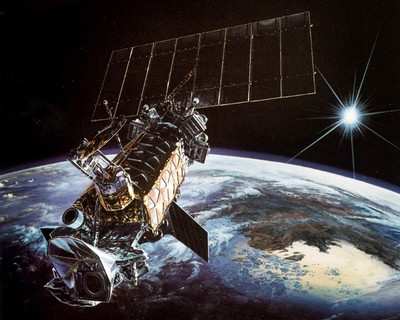
The budget request also renews NASA's commitment to aeronautics
research to address aviation safety, air traffic control, noise and
emissions reduction, and fuel efficiency. And NASA's diverse
portfolio of science, technology, engineering and mathematics
educational activities is aligned with the administration's goal of
improving American innovation and global competitiveness. In
conjunction with the budget release, the White House also announced
the launch of an independent review of NASA's human spaceflight
activities. The Review of United States Human Space Flight Plans
will examine NASA development programs and possible alternatives.
The goal is to provide options that will ensure the nation's human
spaceflight program remains safe, innovative and affordable in the
years following the space shuttle's retirement.
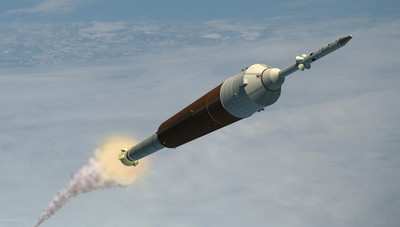
The review team will work closely with NASA and seek input from
the Congress, the White House, the public, industry and
international partners as it develops these options. The panel's
results will support an administration decision by August 2009 on
how to proceed. Acting NASA Administrator Christopher Scolese
expressed his support for the effort.
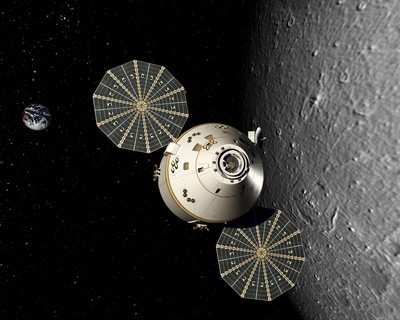
"The thousands of workers who have given so much over the years
to bring human spaceflight to where it is today deserve nothing
less than a full assurance their commitment will be applied in the
smartest and most practical ways," Scolese said. A blue-ribbon
panel of experts will conduct the review, led by Norman Augustine,
a former aerospace industry executive who served on the President's
Council of Advisors on Science and Technology and is a recipient of
the National Medal of Technology, the Joint Chiefs of Staff
Distinguished Public Service Award and the Department of Defense's
Distinguished Service Medal. Augustine also has served as chairman
of the American Red Cross and the National Academy of Engineering,
and was president of the Boy Scouts of America. Michael Hawes, the
associate administrator of NASA's Office of Program Analysis and
Evaluation in Washington, will serve as the lead of the NASA team
supporting the review.
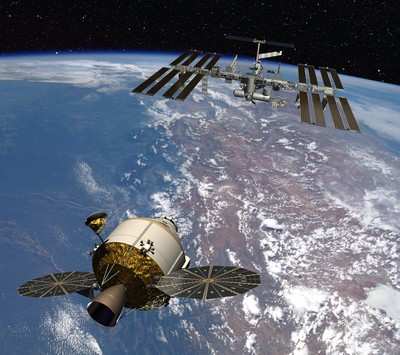
"It is an honor to be asked to lead this important human
spaceflight review, and I am excited about working with my fellow
panel members to examine these difficult and complex questions,"
Augustine said. "I am a real believer in the value of this nation's
human spaceflight activities and will do everything I can to
provide the information needed to help the country maintain the
spectacular arc of progress NASA has fueled for five decades."
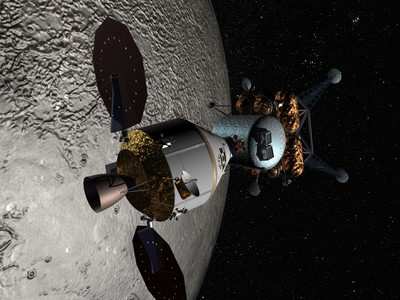
Work will continue on NASA's missions of exploration and
research while the review is underway.
"With this budget," Scolese said, "NASA is able to support a
balanced portfolio of priorities in space exploration, Earth and
space science, and aeronautics research."
 NTSB Prelim: Lee Aviation LLC JA30 SuperStol
NTSB Prelim: Lee Aviation LLC JA30 SuperStol Classic Aero-TV: Curtiss Jenny Build Wows AirVenture Crowds
Classic Aero-TV: Curtiss Jenny Build Wows AirVenture Crowds ANN's Daily Aero-Term (05.30.25): Very High Frequency (VHF)
ANN's Daily Aero-Term (05.30.25): Very High Frequency (VHF) Aero-News: Quote of the Day (05.30.25)
Aero-News: Quote of the Day (05.30.25) ANN's Daily Aero-Term (05.31.25): Microburst
ANN's Daily Aero-Term (05.31.25): Microburst







